When you start getting into specialty coffee, the biggest step you can take to improve flavour is to invest in a decent set of barista scales and start weighing your coffee. A lot of people think this is overkill, but it makes such a difference! Once you start thinking about weights and brewing ratios; you’ll never want to go back to scoops and guesswork!
What Is A Coffee-To-Water Ratio?
Put simply, a coffee to water ratio is the measure of how much coffee is needed for the amount of water you’ll be using to brew, or vice versa.
This ratio will change depending on the brewing method you’re using, and how strong you like your coffee. For the latter it’s purely about personal preference, but for the former, there’s some interesting science at play – we think so, anyway.
Coffee Science: What is TDS?
The art of brewing coffee involves an extraction process. When hot water interacts with coffee grounds, it draws out the flavors locked within the beans. This flavor-rich water then becomes our coffee. However, since not every part of the coffee bean is flavorful, it's crucial to monitor and limit the extraction to ensure the resulting brew is pleasant.
The benchmark for this is generally a standard percentage of dissolved solids in the water – TDS (total dissolved solids) refers to how much of the coffee bean has made it into our brewing water. Extract too much and the coffee is heavy and bitter, extract too little and it’s insipid and sour.
Getting the optimal TDS%
Each brewing method recipe – meaning its weights, measures and timings – has been researched by coffee professionals and accepted as the best way to achieve optimum TDS and therefore flavour.
The biggest variables in these recipes are:
- The coffee:water ratio.
- The amount of time the coffee is in contact with the water.
- The amount of pressure used for brewing.
When one of these factors changes, the other two need to be adjusted to keep the coffee tasting as good as possible.
Let’s look at two very different brewing methods: French press and espresso.
Comparing ratios by brewing methods
With espresso there is high pressure (9 bars) and the coffee is in contact with the water for only a matter of seconds. This means that the coffee:water ratio needs to be quite high in order to achieve the desired flavour. Generally, for espresso the ratio will be 1:2 so if you’re using 18g of coffee, you would expect 38g output of espresso.
If you’re making a French press there is very little pressure involved, and the brewing time is minutes, not seconds so the water has more time to extract the goodness & flavour from the ground beans. As a result, the brewing ratio changes to allow for these factors. The accepted coffee:water ratio can be anything from 1:12 to 1:18, depending on how strong you like your coffee. This means that you’ll be brewing around 15g of coffee in around 225g of water per person.
Once you start using brew ratios, your home coffee game is instantly lifted, and it doesn’t take much effort to make an enormous difference to flavour.
Measuring With Grams
The only thing that’s really necessary when introducing brew ratios is a decent set of scales. When it comes to getting a perfectly balanced coffee, precision is EVERYTHING. So, no more eyeballing coffee scoops; you need to measure each dose of coffee to the nearest gram.
And before you ask: Nope, those kitchen scales probably won’t cut it. But consider it a great opportunity to add more gadgets to your brewing collection!
Barista scales are specifically designed to help you achieve the perfect cup of coffee. More often than not they’re waterproof and designed to be tougher to survive the rigours of coffee making. Some have rubber tops to stop your equipment sliding about, the good ones are incredibly precise and responsive because every grain of coffee counts where brewing ratios are concerned. Most of tem have inbuilt timers, or flow-rate trackers, helping to not only measure your brew, but time it as well!
The type of scales you should purchase depends on how you mostly brew at home. If you have an espresso machine, you’ll want to buy specific espresso scales that will fit on your drip tray so that you can measure espresso out and well as ground coffee in. If you’re a manual brewer, larger scales with a timer will be needed.
Ratios for types of coffee
Now that you know why brewing ratios are important, and how to put them into effect in your own home coffee setup; we’ll finish up by sharing some of the most common brewing methods and their ratios.
Espresso – 1:2
Manual pour over - 1:16
French press – 1:12 – 1:17
Moka pot – 1:10
Aeropress – 1:6 – 1:12
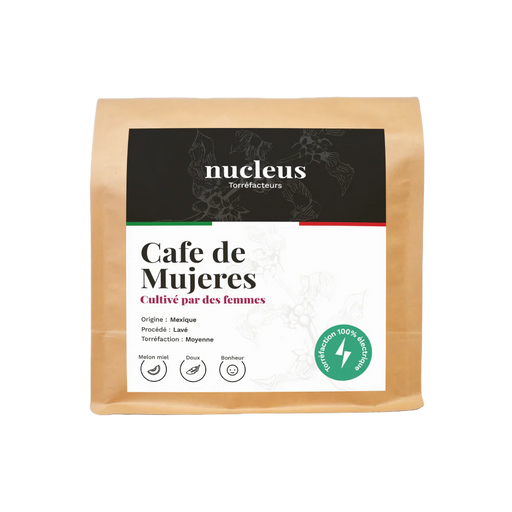

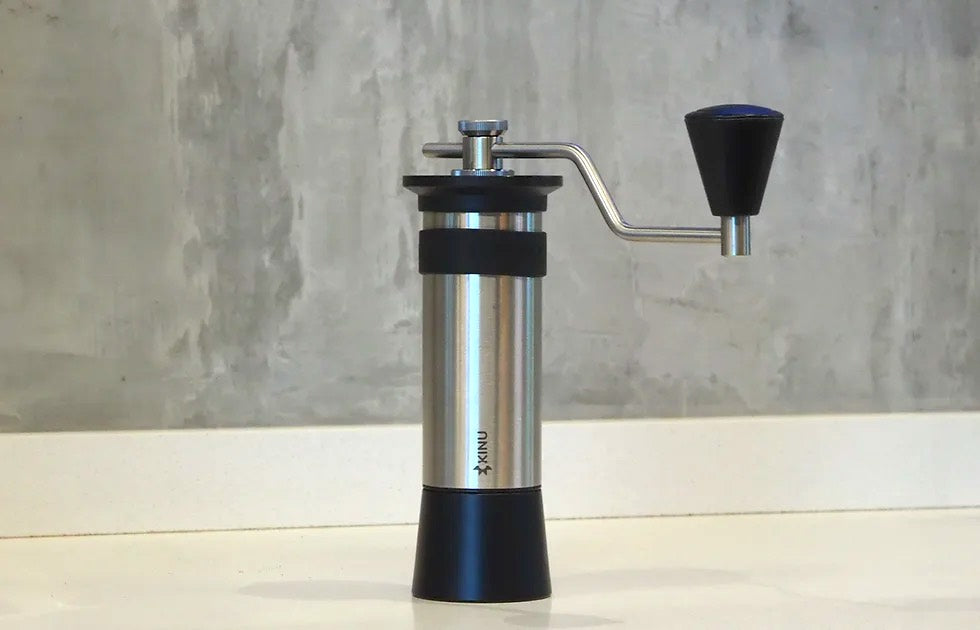







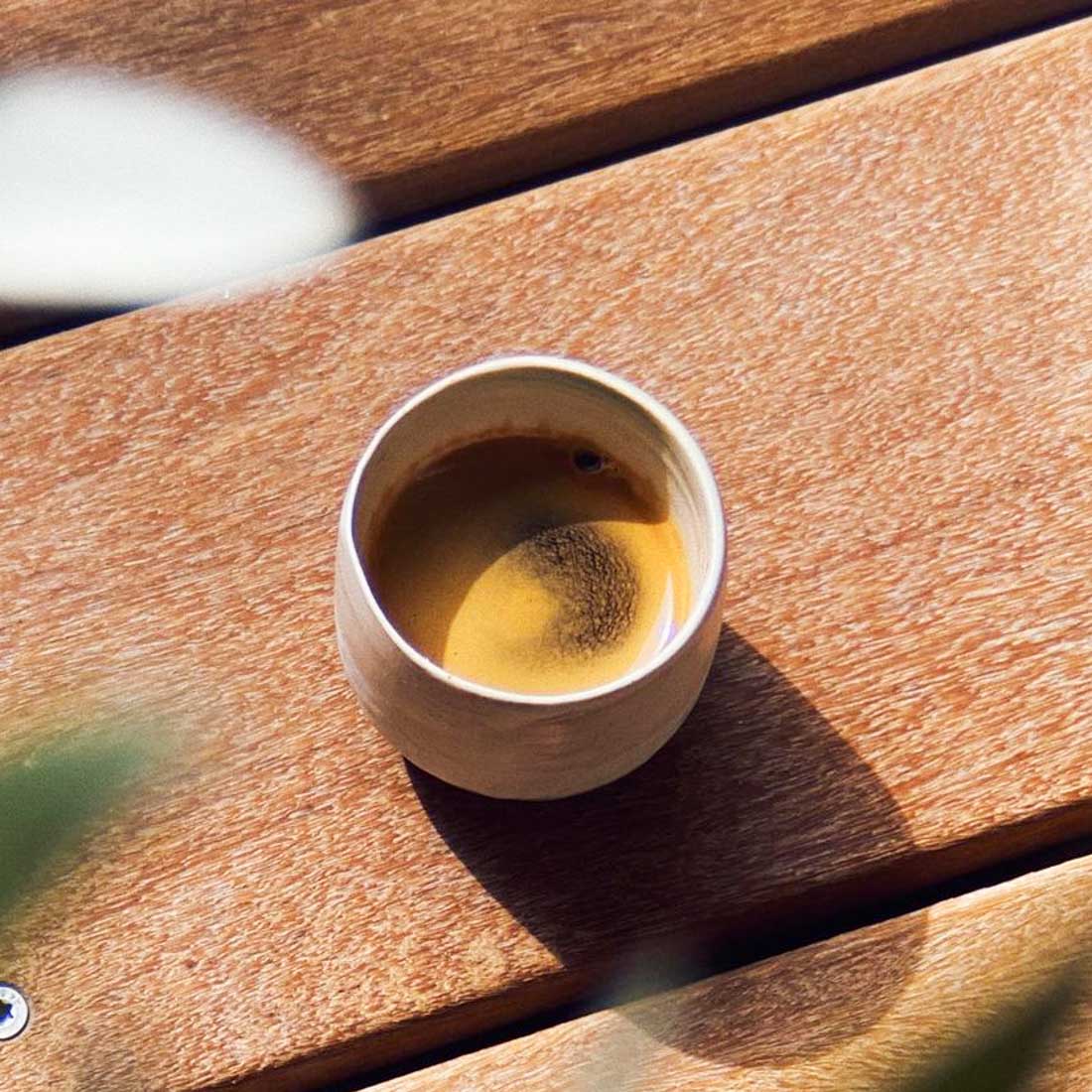
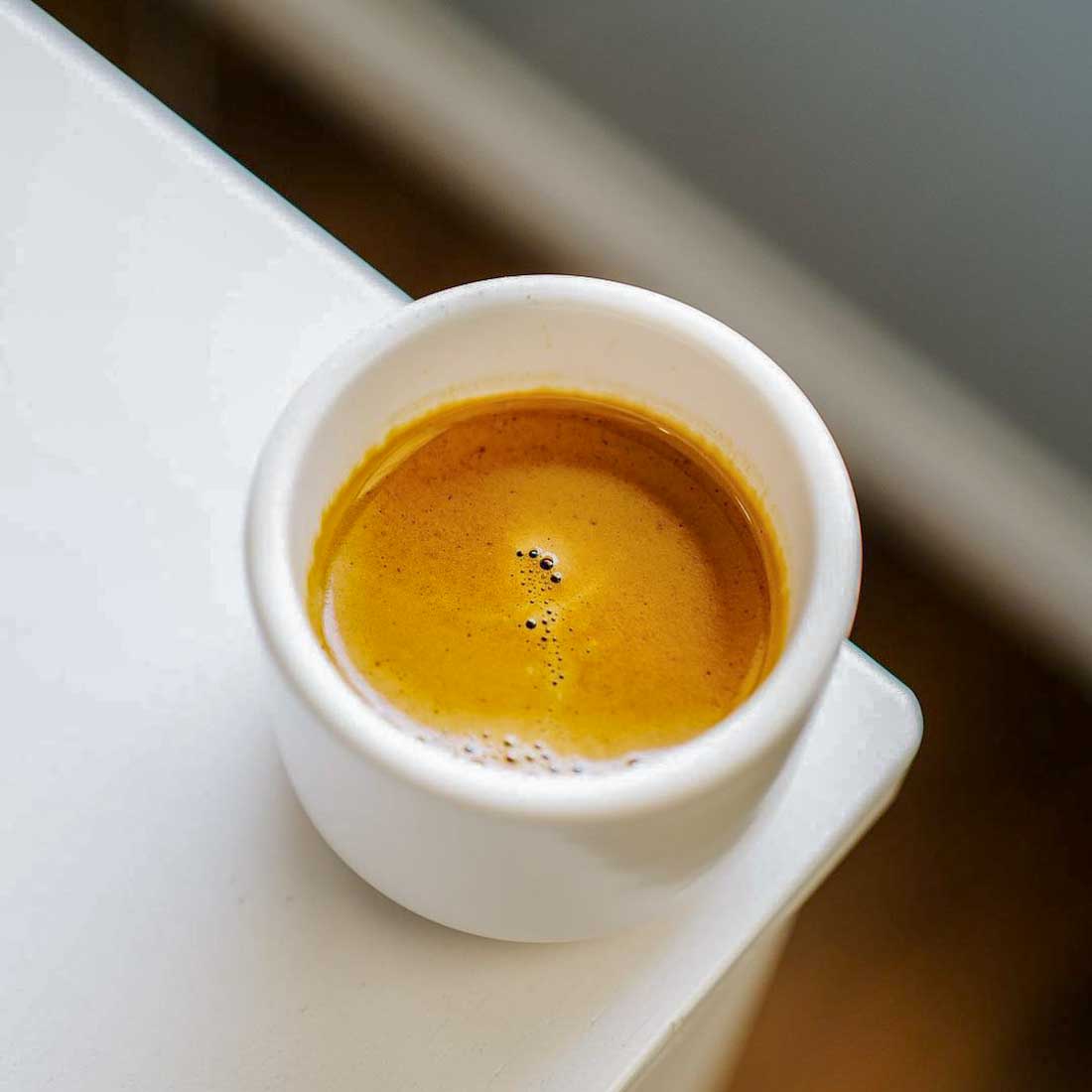
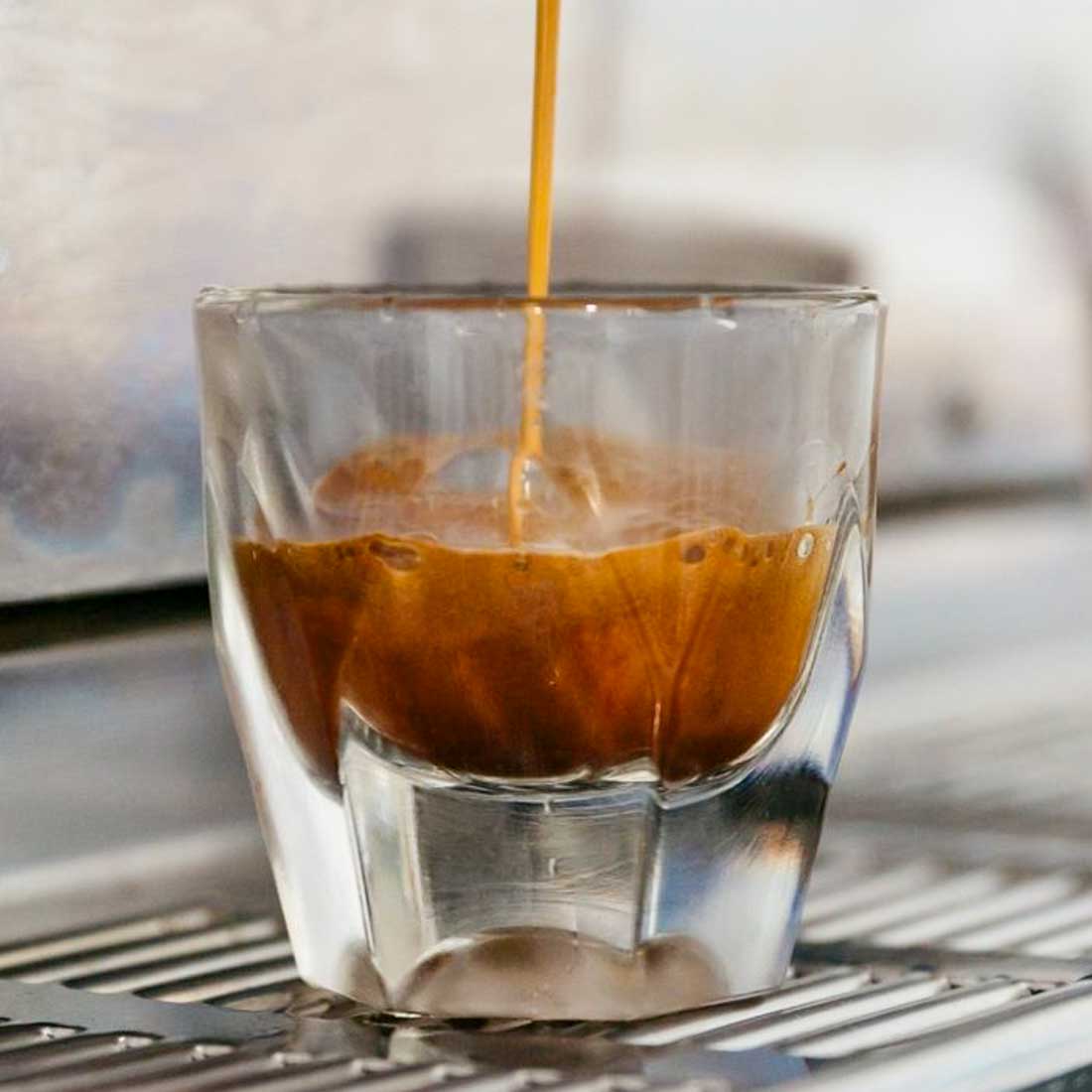
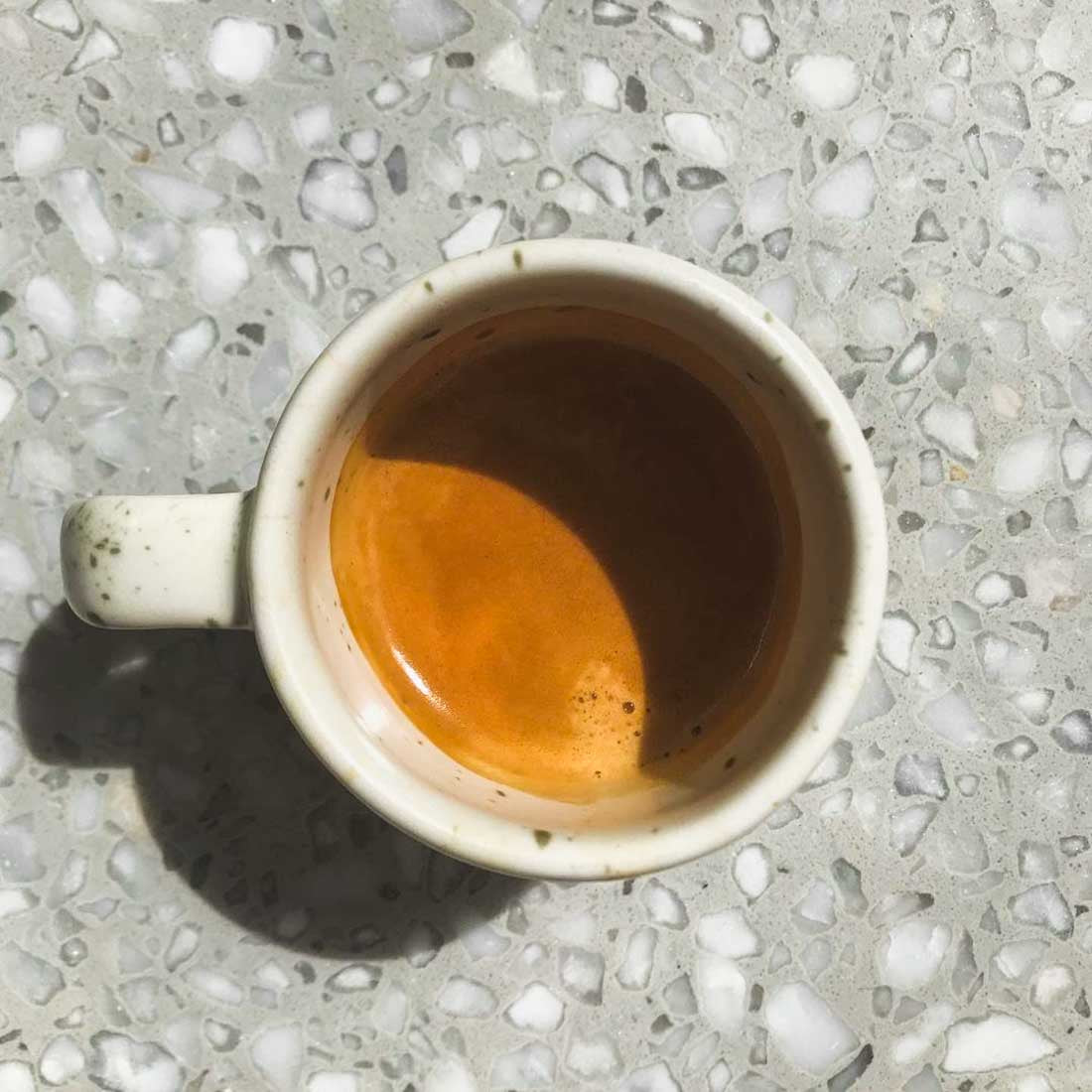
Comments
There are no comments.
Your comment